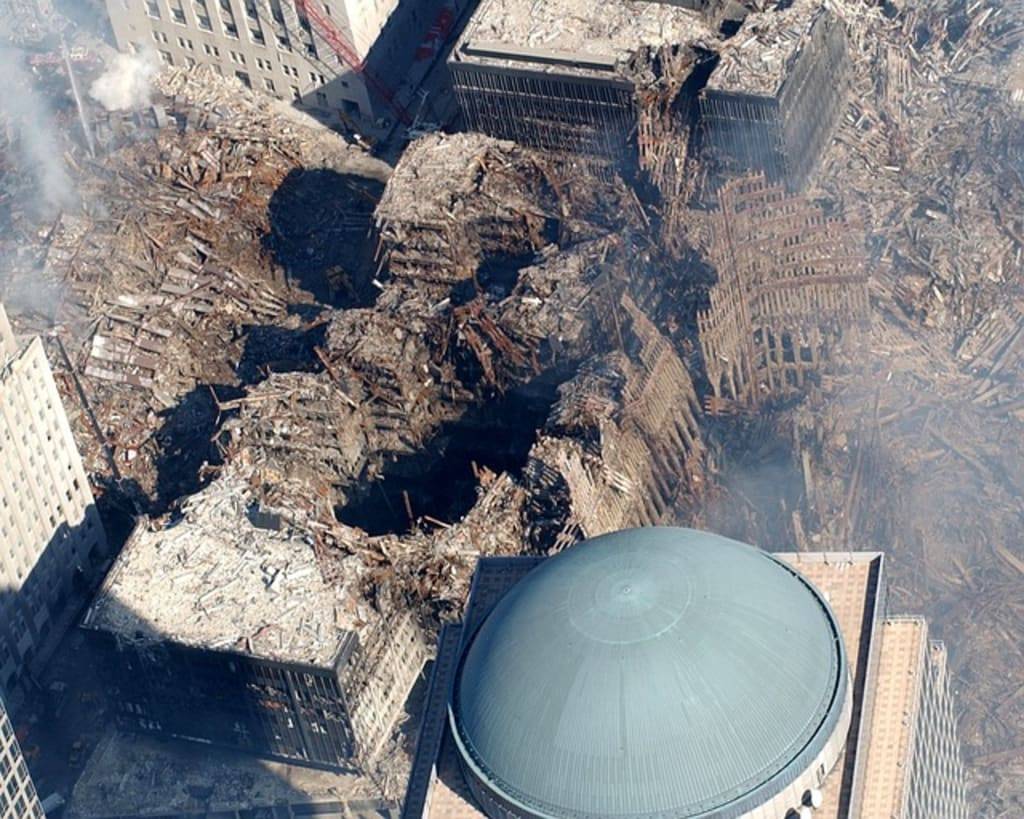Science has been instrumental in bringing about technological progress and unlocking the secrets of the universe. However, not all scientific pursuits have mankind's best interest at heart. Some experiments have been conducted simply to satisfy human curiosity, even at the expense of the rest of the world.
Scientists have always been willing to fiddle with forces beyond their control, even if it means facing catastrophic consequences, all in the name of science. In this article, we will talk about 5 science experiments that could have destroyed the world.
1. The Tsunami Bomb
During World War II, a top-secret operation codenamed "Project Seal" was carried out by the US and New Zealand. The project aimed to develop a tsunami bomb that could wipe out coastal cities. The two countries covertly carried out tests by unleashing bombs underwater near Auckland and New Caledonia, which they theorized could trigger tidal waves on a massive scale.
Around 3,700 bombs were launched in June 1944, and the tests revealed that creating a 33-foot tsunami was feasible by orchestrating a series of large offshore explosions. However, the project was shelved in 1945 as experts realized that they would need to produce around 2 million kilograms of explosives and strategically place them in a line several miles away from the shore and water for a tsunami to potentially form.
2. Project Cyrus
Project Cyrus was a collaboration between the GE Corporation, the Office of Naval Research, and the US Air Force. The objective was to experiment with the possibility of diverting the path of hurricanes, which could have been useful in preventing natural disasters.
The first attempt to test this theory was made on October 13, 1947, when a hurricane was heading eastward into the Atlantic Ocean. Project Cyrus sent an airplane to fly in close proximity to the hurricane, and the plane released around a hundred and eighty pounds of dry ice into the clouds.
Unfortunately, the hurricane switched directions and made landfall in Georgia, killing people and causing more than 200 million dollars in damages. The US government ended up signing the UN's environmental modification convention, renouncing the use of climate war weather modification methods for potentially harmful and hostile purposes.
3. The Kola Peninsula Borehole
The main objective of this drilling project conducted by the Soviet Union and its scientists was to drill as deep as they could on the Kola Peninsula to penetrate the Earth's crust. Drilling commenced in 1970 and reached over 40,000 feet in 1989, making it the deepest artificial point on the planet.
The project eventually had to be abandoned at around eight miles because the machinery drilling the earth was no longer able to function at 300 degrees Celsius. While the project was ongoing, many raised concerns over the possibility that the hole would trigger a colossal seismic disaster. Some researchers speculated that the seismic event that could occur would be massive enough to destroy the Earth as we know it.
4. Projects Mercury and Volcano
From 1987 until 1992, the Soviet Union secretly detonated its nuclear weapons underground with the main goal of manipulating electromagnetic yields and setting off earthquakes that shifted tectonic plates. These Soviet programs were known as Project Mercury and Project Volcano.
Three of the tests were conducted in Kurdistan, while the last test for Project Volcano reportedly took place in 1992. The 1978 Convention on the Prohibition of Military or Any Other Hostile Use of Environmental Modification Techniques banned these kinds of experiments. However, attempts at developing a tectonic weapon are believed by some to be a secret ongoing endeavour by many government agencies.
5. Starfish Prime
In the summer of 1962, the US government released and detonated a 1.45-megaton nuclear weapon around 250 miles into space above the Pacific Ocean. This particular weapon had a force equivalent to around a hundred times that of the nuclear bomb that destroyed Hiroshima.
The explosion unleashed a powerful energy pulse that affected various electrical circuits and power lines in Hawaii, which was about 600 miles away from where the bomb was detonated. It even disabled some of the low-orbit satellites, and some of the experiment's effects remained felt five years after the explosion.
While science has brought about many benefits to humankind, it is essential to consider the potential consequences of scientific experiments. It is crucial that scientists conduct experiments responsibly and ethically to prevent any catastrophic outcomes that could endanger the world.


